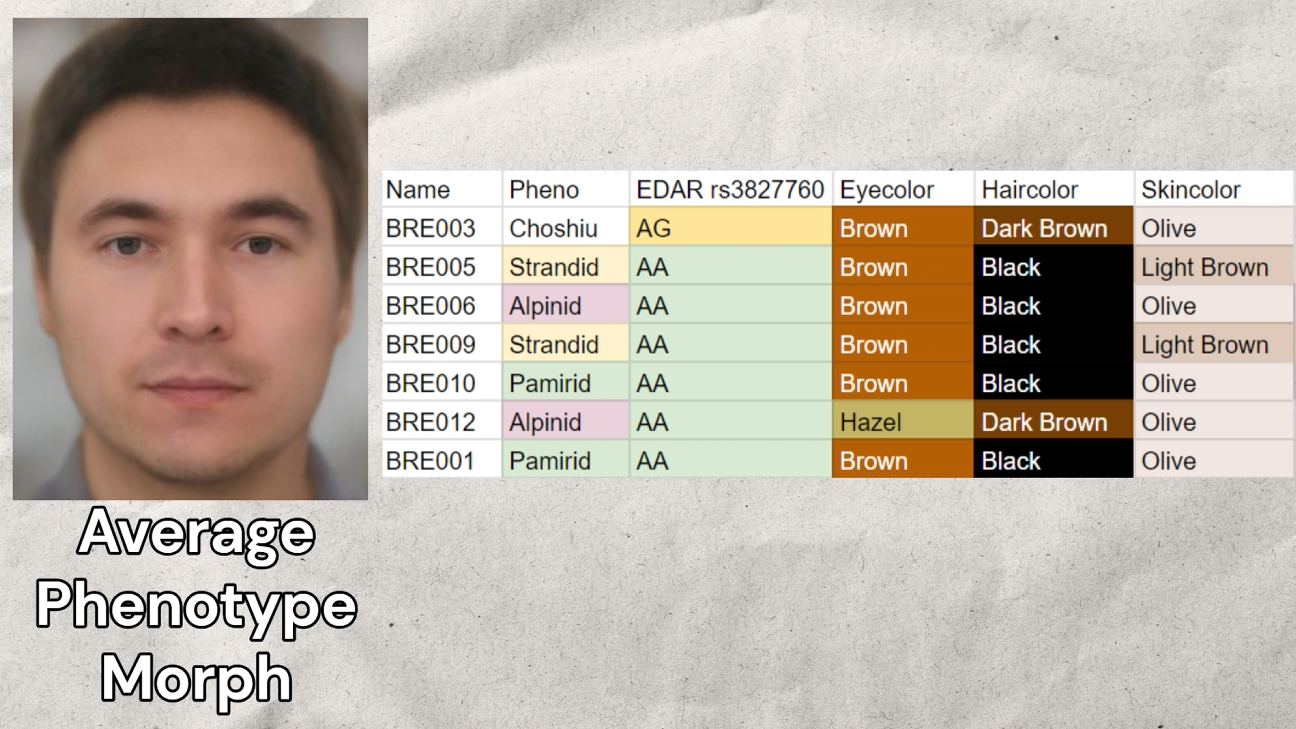
Pazyryk IA 7 raw DNA files in combined kit format
The Pazyryk culture thrived in the Altai Mountains of Siberia between roughly the 6th and 1st centuries BCE. Known for their remarkable burials and intricate craftsmanship, the Pazyryk people were semi-nomadic pastoralists, closely related to earlier steppe cultures like the Sintashta and Andronovo, who had a strong warrior and horse-riding tradition. Although the Pazyryk people lived in a high-altitude environment with cold and harsh conditions, they adapted skillfully, developing complex social structures and managing herds of horses, sheep, and cattle. Their culture is particularly famous for the elaborate burial mounds (kurgans) found in the permafrost, which have preserved wooden structures, saddles, carpets, and even tattooed human remains. Through these frozen tombs, archaeologists have been able to study Pazyryk life in extraordinary detail.
Linguistically, the Pazyryk people likely spoke a language related to the Iranic language family, which at some point dominated much of the Eurasian steppe. Their connection to earlier steppe cultures like the Sintashta is evident in their burial practices, warrior equipment, and horse culture, all of which reflect a continuity in steppe traditions. While the Pazyryk were primarily pastoralists, they showed evidence of agricultural adoption, likely influenced by neighboring settled cultures to the south and west. Their pottery, made using simple techniques without a potter’s wheel, was utilitarian and often undecorated, focusing on functionality over artistry.
For this video, I gathered the raw genomes of 7 pazyryk samples and ran them through my trait predictor tool for DNA analysis.
